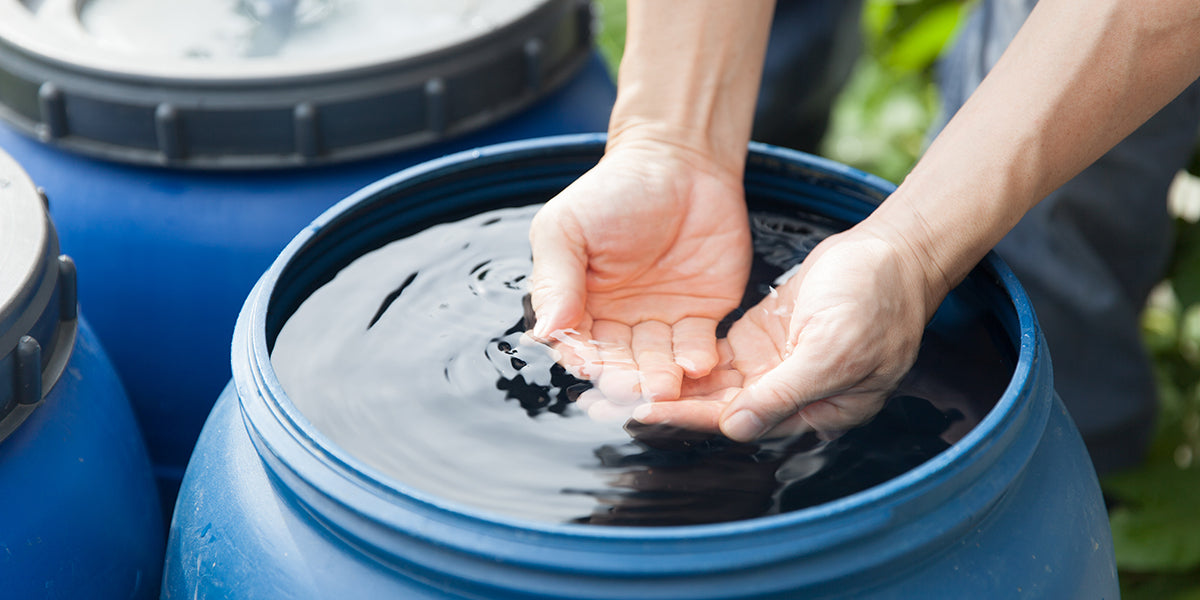

Articles
How To Store Well Water Long Term
Modified: January 7, 2024
Discover effective strategies for storing well water long term in this informative collection of articles. Ensure a reliable and sustainable water source with expert advice and practical tips.
(Many of the links in this article redirect to a specific reviewed product. Your purchase of these products through affiliate links helps to generate commission for Storables.com, at no extra cost. Learn more)
Introduction
When it comes to ensuring a reliable and safe water supply, many homeowners rely on well water. However, it’s essential to have a plan in place for storing well water for the long term, especially during times of emergencies or when access to clean water is limited. In this article, we will explore the various factors to consider and the steps to take to store well water effectively.
Storing well water is not as simple as filling up any container and stashing it away. There are specific measures to be taken to maintain the safety and quality of the water, as well as to ensure its long-lasting storage. Understanding these essential considerations will help homeowners effectively store their well water and be prepared for any unforeseen circumstances.
One of the primary factors to consider when storing well water long term is choosing the right containers. Different materials have different advantages and drawbacks when it comes to water storage. Additionally, proper preparation of the well water is crucial to prevent contamination or the growth of harmful microorganisms.
Furthermore, it’s necessary to have a system in place for rotating the stored well water supplies periodically. This ensures that the water remains fresh and the oldest stock is always used first, preventing any water from going to waste. Regular testing and treatment of the stored well water is also important to maintain its quality over time.
In this article, we will delve into each of these factors and provide you with practical tips and guidelines for storing well water effectively and safely for the long term. By following these steps, you can ensure that you have a reliable source of clean water when you need it most.
Key Takeaways:
- Proper preparation, container selection, and regular rotation are crucial for long-term well water storage. Testing, treating, and maintaining water quality ensure a reliable and safe water supply during emergencies.
- Choosing food-grade containers, proper sealing, and regular monitoring are essential for storing well water safely. Implementing a rotation system and testing/treating water maintain its freshness and usability over time.
Read more: How To Store Water For Long Term
Understanding Well Water Storage
Well water storage refers to the process of collecting and storing water from a private well for future use. This is particularly important in regions where water scarcity is a concern or during emergencies when the usual water supply may be disrupted. Understanding the basics of well water storage is crucial to ensure the availability of clean and safe water for an extended period.
When it comes to storing well water, there are several factors to consider. The quantity of water needed will depend on individual needs, such as the size of the household and the availability of alternative water sources. It’s essential to estimate the required amount of water to determine the appropriate storage capacity.
Another important factor is the quality of the well water. Water from private wells is generally considered safe to drink, but it can still contain impurities and contaminants that affect taste and quality. Testing the water for pH levels, minerals, and microorganisms is pivotal to ensure it meets acceptable drinking water standards.
Proper storage containers are also vital for well water storage. Plastic or food-grade containers are commonly used due to their durability, resistance to UV rays, and ability to prevent leaching. These containers should be well-sealed to prevent the entry of dust, insects, and other contaminants. Additionally, the water should be stored in a cool and dark area to minimize bacterial growth and prevent the breakdown of chemicals present in the water.
Understanding the limitations of well water storage is equally important. Well water, unlike treated municipal water, does not contain added disinfectants to prevent bacterial growth. Therefore, it’s crucial to periodically test and treat the stored well water to maintain its quality and safety. Additionally, well water should be rotated regularly to ensure the freshness of the supply.
By understanding the basic principles of well water storage, homeowners can make informed decisions on the storage capacity, container types, and maintenance procedures for the stored water. This ensures that the stored well water remains safe, usable, and readily available for an extended period, providing peace of mind in times of water scarcity or emergencies.
Factors to Consider for Long Term Well Water Storage
When it comes to long term well water storage, there are several important factors to consider to ensure the safety and quality of the stored water. These factors play a crucial role in maintaining the freshness and usability of the water over an extended period. Let’s explore these factors in more detail:
- Container Selection: Choosing the right containers for well water storage is essential. Opt for food-grade, BPA-free plastic containers, or stainless steel containers specifically designed for water storage. Avoid containers made of materials that could contaminate the water or degrade over time.
- Container Size: Consider your water needs and storage space when determining the container size. It’s recommended to have at least a three-day supply of water per person, which is about one gallon per person per day. However, adjust this estimate based on factors like climate, health needs, and availability of alternative water sources.
- Sealing: Properly sealing the containers is crucial to prevent the entry of contaminants, especially bacteria and insects. Look for containers with secure lids or caps that create a tight seal. Ensure there are no cracks or leaks in the containers.
- Location: Store the well water containers in a cool, dark, and dry location. Exposure to sunlight can promote the growth of bacteria and algae, and extreme temperatures can degrade the water quality over time. A basement, closet, or pantry away from direct sunlight is ideal.
- Rotation: Regularly rotating the stored well water is important to ensure freshness and minimize the risk of contamination. Use the oldest stock first and refill the containers with fresh water. Label the containers with dates to keep track of the rotation schedule.
- Maintenance: Regularly inspect the containers for any signs of damage, such as cracks or discoloration. Clean the containers with mild soap and water before refilling them. Additionally, periodically test the water quality and treat it as needed to address any changes or concerns.
- Disinfection: If there is a chance of microbial contamination or if the water source is questionable, it’s important to disinfect the well water before storing it. Chlorine bleach or water purification tablets can be used following the manufacturer’s instructions. Allow the water to sit for at least 30 minutes before sealing the containers.
By considering these factors and taking the necessary precautions, homeowners can ensure the long-term storage of well water that is safe, clean, and readily available for consumption. Regular maintenance and monitoring of the stored water will help maintain its quality and provide peace of mind during emergencies or times of water scarcity.
Selecting the Right Containers for Well Water Storage
Choosing the right containers for well water storage is crucial to maintain the safety and quality of the stored water. The container material, size, and sealing mechanism all play a significant role in ensuring the longevity and usability of the water. Here are some factors to consider when selecting containers for well water storage:
- Material: Opt for food-grade containers made of materials that are safe for storing water. High-density polyethylene (HDPE) plastic and stainless steel are popular choices for their durability, resistance to UV rays, and non-reactivity with water. Avoid containers made of materials that may leach harmful chemicals into the water.
- Size: Consider both your water storage needs and available storage space when determining the container size. It’s recommended to store at least a three-day supply of water per person, which is approximately one gallon per person per day. Adjust this estimate based on factors like climate, health needs, and the availability of alternative water sources.
- Sealing Mechanism: Containers with secure sealing mechanisms are vital to prevent contamination of the stored water. Look for containers with tight-fitting lids or caps that create a reliable seal. This will prevent the entry of dust, insects, and other contaminants. Ensure there are no cracks or leaks in the containers that could compromise the integrity of the seal.
- Transparency: Transparent or semi-transparent containers are beneficial as they allow you to easily monitor the water quality, detect any changes, and assess the water level without opening the lid. This prevents unnecessary exposure of the water to air and potential contamination.
- Portability: Consider the ease of transport and portability of the containers. If you anticipate the need to move or access the stored water during emergencies, choose containers that have handles or are designed to be portable. This will make it easier to transport the water if needed.
- Stackability: If you have limited storage space, consider containers that are stackable. Stackable containers take up less space, allowing you to maximize the available storage area efficiently. Look for containers with a stable base and lid design that allows for secure stacking.
When selecting containers for well water storage, it’s important to prioritize safety, durability, and usability. Opting for food-grade materials, appropriate sizes, and secure sealing mechanisms will ensure that the water remains safe, clean, and suitable for consumption, even during long-term storage. By choosing the right containers, homeowners can have peace of mind knowing that they have a reliable and quality water supply available when needed.
Preparing Well Water for Long Term Storage
Properly preparing well water for long term storage is crucial to maintain its safety, freshness, and quality over an extended period. By taking the necessary steps to prepare the water before storing it, homeowners can minimize the risk of contamination and ensure the usability of the stored water. Here are some important steps to consider when preparing well water for long term storage:
- Water Testing: Before storing well water, it’s essential to test it for any potential contaminants. Regular testing can identify issues such as high mineral content, bacterial presence, or chemical contaminants. Contact your local health department or a certified laboratory to perform a comprehensive water analysis to determine the quality of your well water.
- Water Treatment: If the well water test results indicate the presence of contaminants, it’s important to address them before storing the water. Depending on the specific contaminants identified, treatment methods such as filtration, disinfection, or water softening may be necessary. Consult with a water treatment professional to determine the most appropriate treatment options for your well water.
- Disinfection: To ensure the long-term safety of the stored well water, it’s recommended to disinfect it before storage. Chlorine bleach is commonly used as a disinfectant for well water. Follow the instructions provided by the manufacturer and use the appropriate amount of bleach based on the volume of water being treated. Allow the water to sit for at least 30 minutes to ensure disinfection before sealing the containers.
- Remove Sediments: Well water often contains sediments, such as sand, silt, or rust particles. These sediments can settle at the bottom of the storage containers over time and affect the taste and quality of the water. To remove sediments, allow the water to sit undisturbed for a period of time and carefully decant the clear water into the storage containers, leaving behind the sediments.
- Labeling and Dating: It’s important to label each storage container with the date of preparation and the date when the water should be rotated or replaced. This ensures that the oldest stock is used first and helps to keep track of the freshness of the stored water. Use waterproof markers or labels to prevent fading or smudging over time.
By following these preparation steps, homeowners can ensure that their well water is properly treated, disinfected, and free from contaminants before it is stored for the long term. Regular testing, treatment, and maintenance will help maintain the safety and quality of the stored water, providing a reliable and clean water supply in times of need.
To store well water long term, use food-grade water storage containers and add a few drops of chlorine bleach to prevent bacterial growth. Store in a cool, dark place away from direct sunlight.
Read more: How To Store Water Long Term
Storing Well Water Safely and Efficiently
Storing well water safely and efficiently is crucial to maintain its quality and usability over the long term. By taking the necessary precautions and following proper storage practices, homeowners can ensure that their stored water remains safe, clean, and readily available. Here are some tips for storing well water safely and efficiently:
- Storage Location: Choose a cool, dark, and dry location for storing the water. Exposure to sunlight and high temperatures can lead to the growth of bacteria and algae, as well as the breakdown of chemicals present in the water. Basements, closets, or pantries away from direct sunlight are ideal storage locations.
- Container Sealing: Ensure that the containers used for storing well water are properly sealed to prevent the entry of contaminants. Tight-fitting lids or caps that create a secure seal are essential. Regularly inspect the containers for cracks or leaks that could compromise the integrity of the seal.
- Water Rotation: Periodically rotate the stored well water supplies to ensure freshness and minimize the risk of contamination. Use the oldest stock first and refill the containers with fresh water. Label the containers with dates to keep track of the rotation schedule and to ensure that the stored water remains within its recommended shelf life.
- Regular Inspection: Regularly inspect the stored water containers for any signs of damage or deterioration. Cracks or discoloration can indicate potential contamination or compromise the integrity of the containers. If any issues are detected, replace the affected containers immediately.
- Monitoring: Regularly monitor the stored water for any changes in color, odor, or taste. If any abnormalities are observed, it may indicate a problem with the water quality or potential contamination. In such cases, it’s important to have the water tested and take appropriate measures to address the issue.
- Maintaining Water Quality: While well water is generally considered safe for consumption, it’s important to periodically test and treat the stored water to maintain its quality. Regularly test the water for pH levels, minerals, and microbial contaminants. If necessary, treat the water with appropriate methods such as filtration, disinfection, or water softening.
- Regular Usage: To ensure that the stored well water remains fresh and usable, it’s important to incorporate it into your routine water consumption. Use the stored water for everyday activities such as drinking, cooking, and personal hygiene. This helps ensure that the water is regularly used, rotated, and replenished.
By following these guidelines, homeowners can effectively store their well water in a safe and efficient manner. Regular inspection, rotation, and monitoring of the stored water will help maintain its quality and usability over time, providing a reliable source of clean water in times of need.
Rotating Well Water Supplies
Rotating well water supplies is an important practice to ensure the freshness and usability of the stored water. By implementing a rotation system, homeowners can avoid the risk of stagnant water and minimize the potential for contamination. Here are some tips for effectively rotating well water supplies:
- Label and Date: Clearly label each container with the date of preparation and indicate when the water should be rotated or replaced. This helps keep track of the age of the water and ensures that the oldest stock is used first.
- First In, First Out (FIFO): When accessing well water for everyday use, make sure to use the oldest stock first. This practice ensures that the water is consistently rotated, and none of it goes to waste. Refill the containers with fresh water to maintain a continuous supply.
- Regular Rotation Schedule: Establish a regular rotation schedule for your well water supplies. Depending on factors such as the storage conditions and recommended shelf life, determine how often you should rotate the water. A general guideline is to rotate the water every six months to a year.
- Make Use of Stored Water: Incorporate the use of stored well water into your everyday activities. Use it for drinking, cooking, watering plants, or any other suitable purposes. Regularly utilizing the stored water ensures that it is consistently rotated and replenished with fresh water.
- Monitor Water Quality: Regularly monitor the quality of the stored water. Check for any changes in color, odor, or taste. Any abnormalities may indicate potential issues with the water quality or possible contamination. If any concerns arise, have the water tested and take appropriate measures to address the issue.
- Manage Inventory: Keep track of your well water inventory to ensure an adequate supply. Regularly assess the quantity of stored water and adjust it based on your household’s needs. Periodically check for leaks, damages, or any signs of contamination in the storage containers.
- Use in Emergency Situations: If an emergency situation arises where your regular water supply is compromised, prioritize the use of stored well water. This will not only help you conserve other water sources but also provide a reliable and clean water supply during such critical times.
By following these practices, homeowners can ensure that their well water supplies are effectively rotated, maintaining the freshness and usability of the stored water. Regular rotation and monitoring of the water supply are vital for a reliable and safe water source, particularly during emergencies or situations where access to clean water may be limited.
Testing and Treating Well Water for Long Term Storage
Testing and treating well water for long-term storage is crucial to maintain its quality and ensure its safety for consumption. Well water, although generally considered safe, can contain impurities and contaminants that can affect its taste, odor, and overall quality. By implementing regular testing and appropriate treatment methods, homeowners can ensure that their stored well water remains fresh and usable over an extended period. Here are some important steps for testing and treating well water for long-term storage:
- Water Testing: Regularly test well water before storing it to determine its quality and identify any potential contaminants. Testing can be done through a certified laboratory or a water testing kit. It is important to check for parameters such as pH levels, minerals, bacteria, viruses, and chemical contaminants to ensure the water meets acceptable drinking water standards.
- Water Treatment: If the well water test results indicate the presence of contaminants, appropriate treatment methods should be implemented to ensure the safety of the stored water. Treatment methods can include filtration, disinfection, water softening, or other specialized treatment systems depending on the specific contaminants present. Consult with a water treatment professional to determine the most suitable treatment options for your well water.
- Disinfection: Disinfection is an important step to kill or disable harmful microorganisms in the well water. Chlorine bleach or water purification tablets can be used for disinfection. Follow the manufacturer’s instructions for the proper dosage of disinfectant based on the volume of water being treated. Allow the water to sit for at least 30 minutes to ensure effective disinfection before sealing the containers.
- Filtering: Depending on the quality of the well water, filtration may be necessary to remove suspended particles and improve clarity. Filtration methods can vary from basic sediment filters to more advanced systems such as activated carbon filters or reverse osmosis. The selection of the appropriate filtration system should be determined based on the specific water quality concerns identified through testing.
- Water Softening: If your well water is hard due to high mineral content, water softening methods may be required. Water softeners can remove minerals such as calcium and magnesium, which can cause scale buildup and affect water quality. Water softening systems use ion exchange or salt-based methods to reduce hardness and improve the taste and texture of the water.
- Maintenance: Regularly maintain and monitor the treated well water to ensure continued quality. Check filtration systems regularly for any signs of clogging or wear and replace filters as needed. Follow the manufacturer’s instructions for maintenance and perform routine tasks such as backwashing or regenerating the water softener to keep it functioning optimally.
By regularly testing and treating well water before storing it, homeowners can ensure that the stored water remains safe, clean, and suitable for consumption over the long term. Proper treatment methods, such as disinfection, filtration, and water softening, help remove impurities and maintain water quality. Regular maintenance and monitoring of the treated water will ensure that it remains in optimal condition for use when needed.
Conclusion
Storing well water for the long term is an essential practice for homeowners who rely on private wells as their main water source. By implementing proper storage techniques and following important considerations, homeowners can ensure a reliable and safe water supply, even during emergencies or water scarcity situations.
Understanding well water storage involves taking into account factors such as container selection, size, and sealing mechanisms. Choosing food-grade containers made of suitable materials is crucial to maintain the quality and safety of the stored water. Additionally, proper preparation of well water through testing, treatment, disinfection, and removal of sediments helps ensure the water’s freshness and eliminates potential contaminants.
Storing well water safely and efficiently entails finding an appropriate storage location that is cool, dark, and dry, as well as implementing a rotation system to ensure the freshness of the water. Monitoring and maintaining the water quality through regular inspections, testing, and treatment are also crucial aspects of long-term well water storage.
In conclusion, storing well water for the long term requires careful consideration and implementation of various factors. By selecting the right containers, preparing the water adequately, storing it safely, rotating the supplies regularly, and testing and treating the water as needed, homeowners can maintain a reliable and clean water source for an extended period. By following these practices, homeowners can have peace of mind knowing that they are prepared to meet their water needs even during unexpected situations.
Frequently Asked Questions about How To Store Well Water Long Term
Was this page helpful?
At Storables.com, we guarantee accurate and reliable information. Our content, validated by Expert Board Contributors, is crafted following stringent Editorial Policies. We're committed to providing you with well-researched, expert-backed insights for all your informational needs.
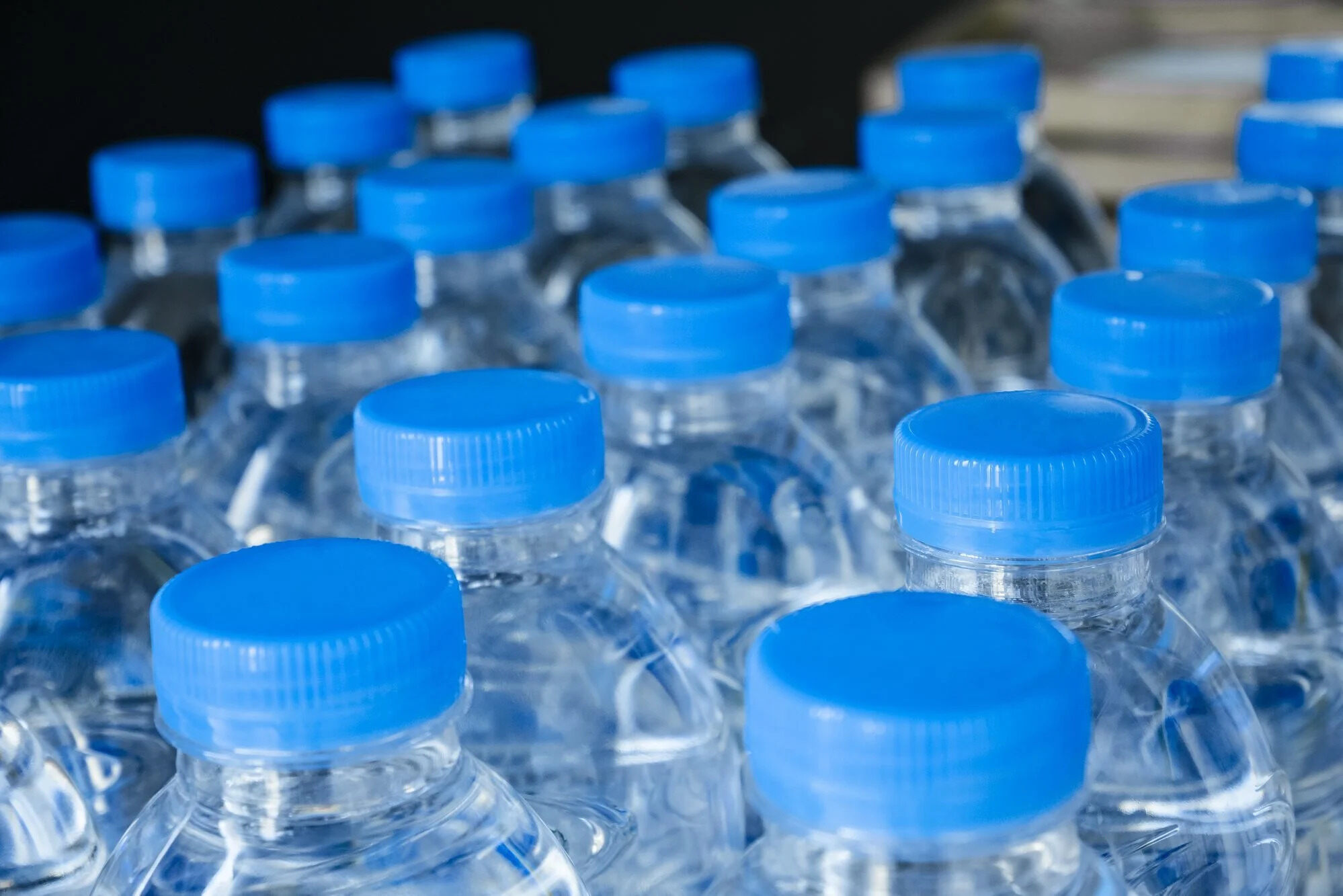
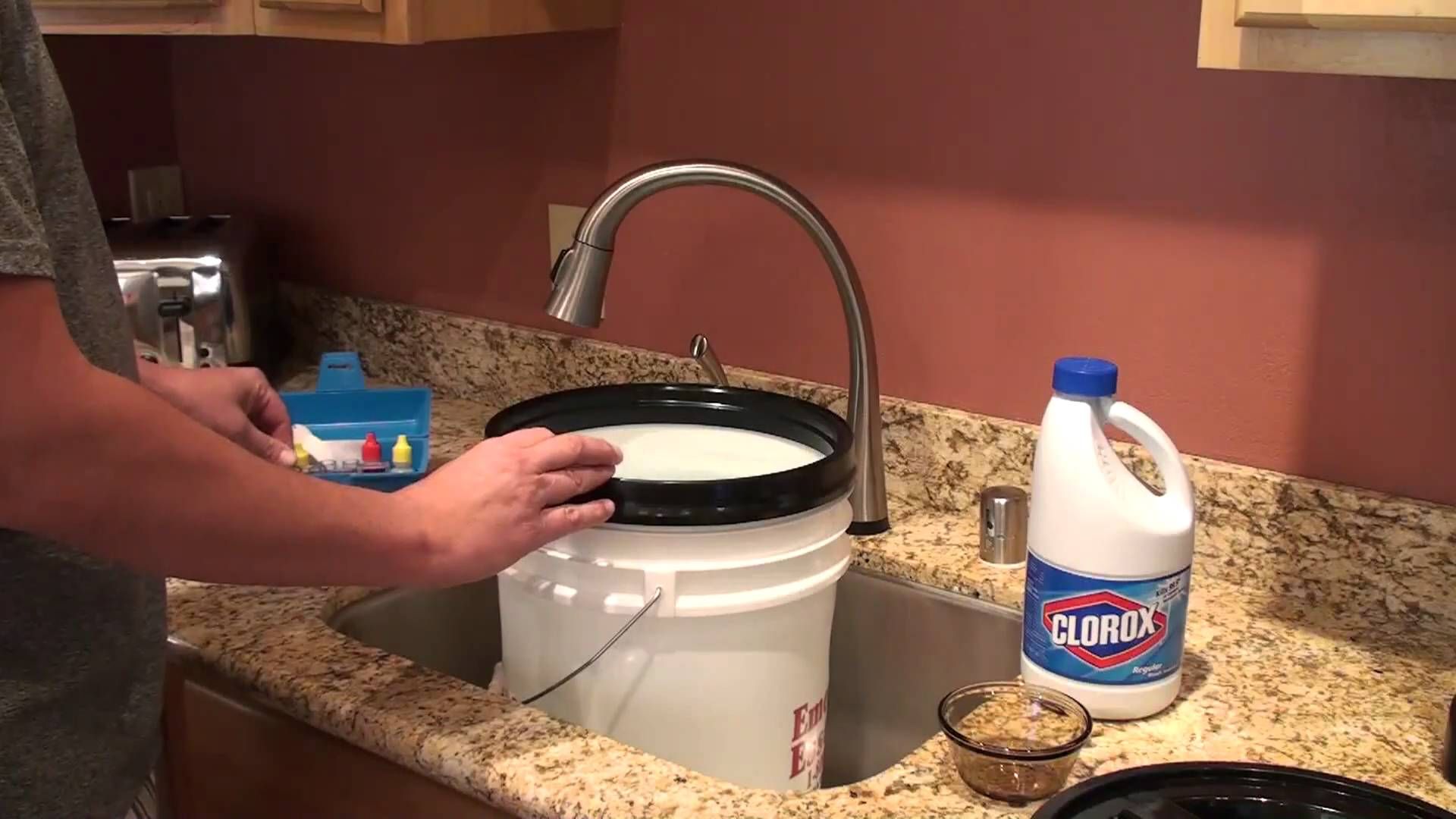
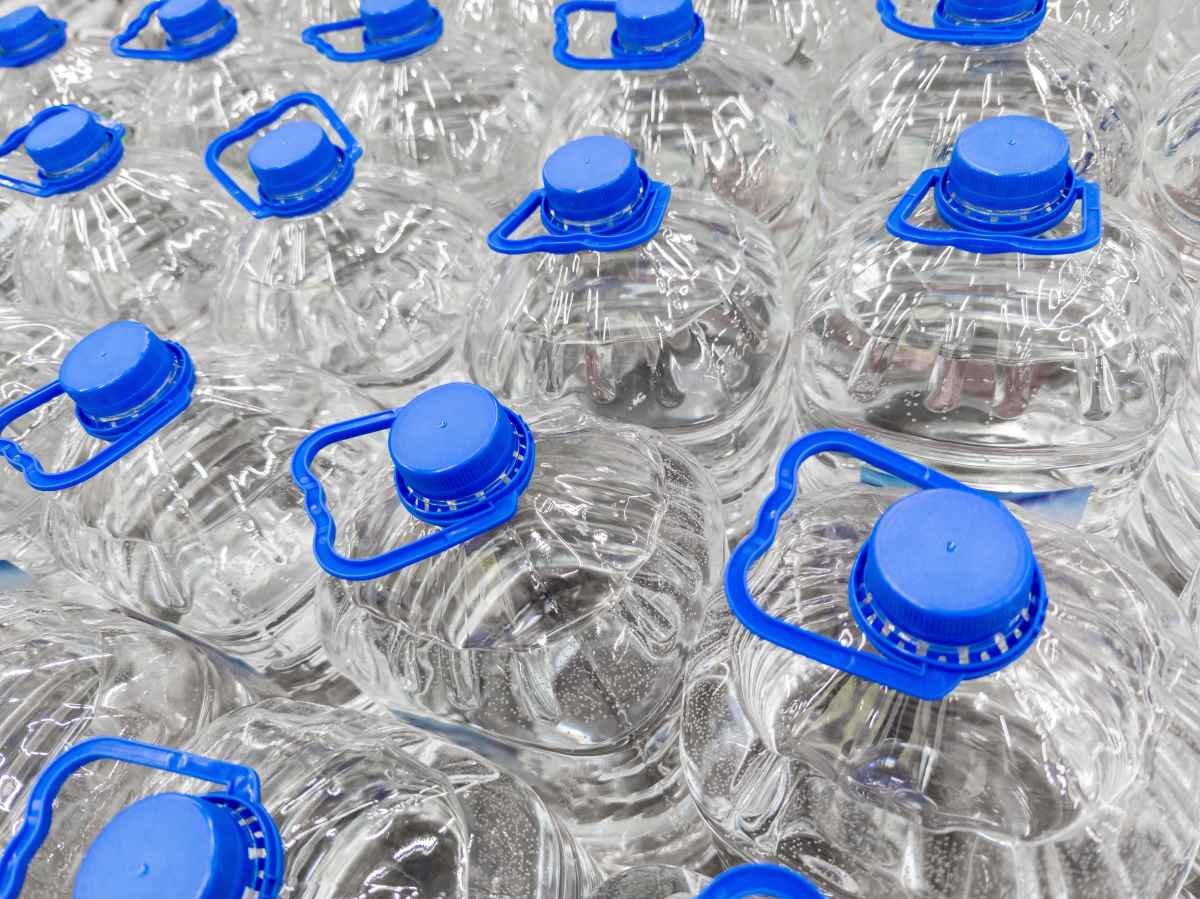
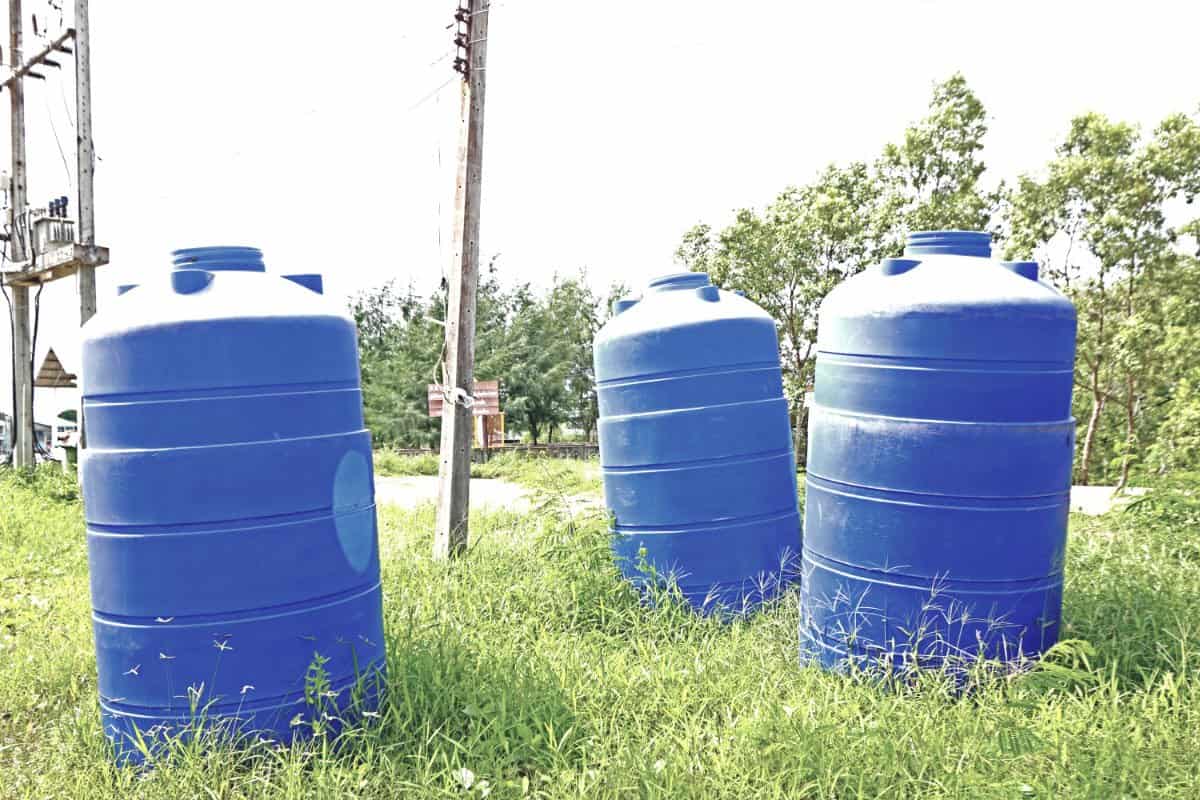
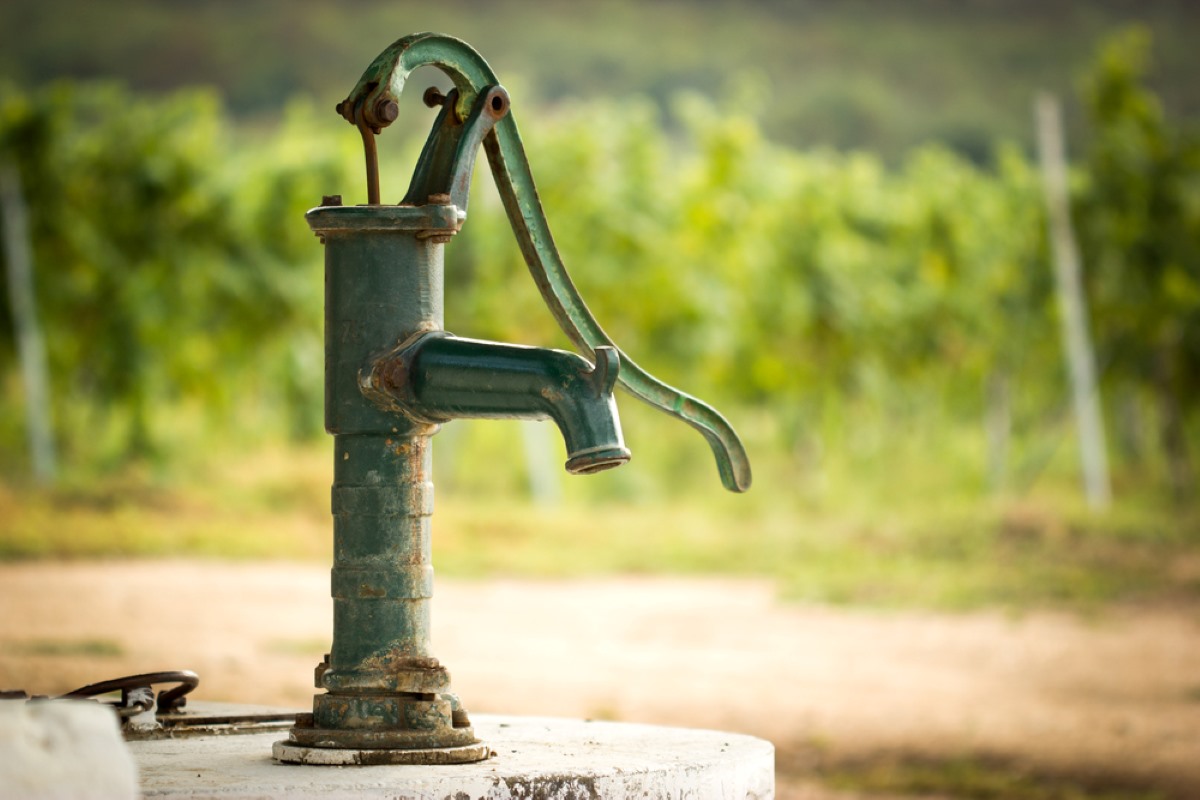










0 thoughts on “How To Store Well Water Long Term”